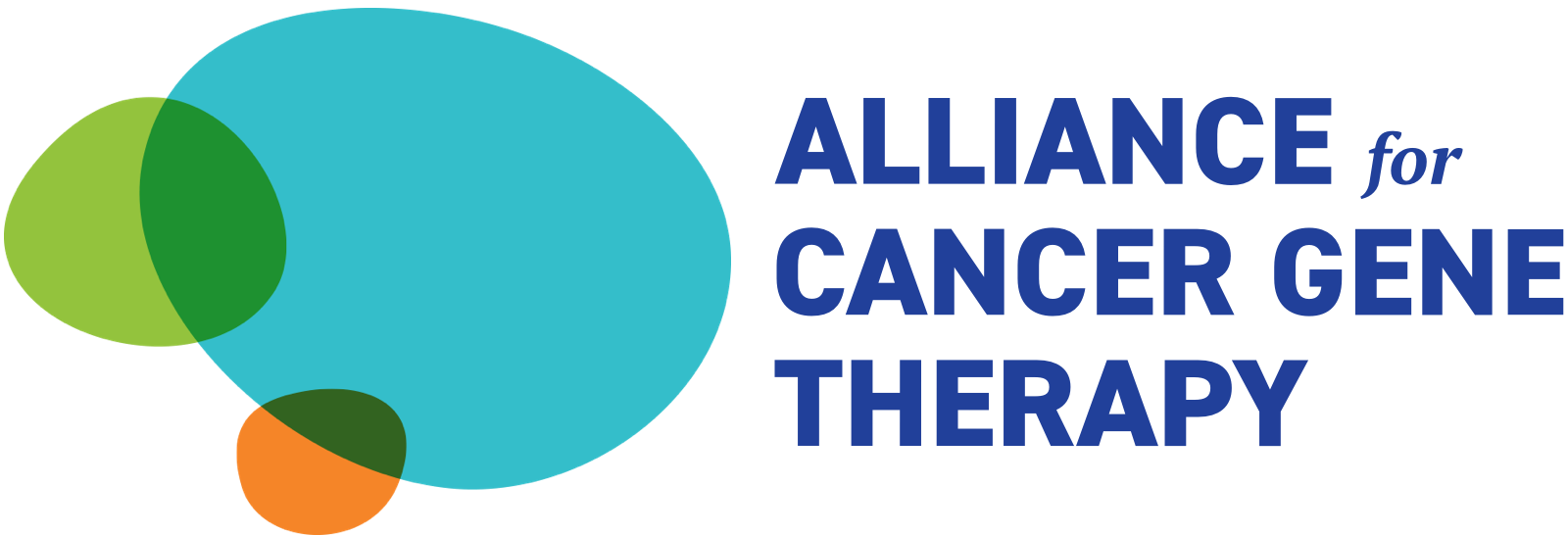Efficacious cancer immunotherapies will likely require combinations of strategies that enhance tumor antigen presentation and antagonize negative immune regulatory circuits. We demonstrated that vaccination with irradiated, autologous tumor cells engineered to secrete granulocyte-macrophage colony stimulating factor (GM-CSF) followed by antibody blockade of cytotoxic T lymphocyte associated antigen-4 (CTLA-4) accomplishes clinically significant tumor destruction with minimal toxicity in a majority of stage IV metastatic melanoma patients and some advanced ovarian carcinoma patients.
The extent of tumor necrosis in post-treatment biopsies was linearly related to the natural logarithm of the ratio of infiltrating CD8+ effector T cells to FoxP3+ Tregs, suggesting that further Treg inhibition might increase the frequency of clinical responses. Through an analysis of cytokine deficient mice, we delineated a critical role for GM-CSF in Treg homeostasis.
GM-CSF is required for the expression of milk fat globule epidermal growth factor-8 (MFG-E8), a phosphatidylserine binding protein, in antigen presenting cells, whereby the uptake of apoptotic cells by phagocyte-derived MFG-E8 maintains peripheral Treg numbers through TGF-beta, MHC class II, and CCL22. In wild type mice, MFG-E8 restrains the potency of GM-CSF secreting tumor cell vaccines through Treg induction, while a dominant negative MFG-E8 mutant (RGE) intensifies therapeutic immunity through Treg inhibition, resulting in regressions of established tumors.
Furthermore, an orthologous human RGE dominant negative mutant similarly manifests immunostimulatory capabilities in cultures of human peripheral blood mononuclear cells. Together, these findings suggest that combinations of GM-CSF and MFG-E8 blockade (through an RGE mutant) might improve the potency of cancer vaccines and complement the activity of CTLA-4 blockade. Here, we propose to develop a standardized platform for the cellular co-delivery of human RGE and GM-CSF for use in clinical vaccination trials for patients with diverse solid and hematologic malignancies.
Our overall approach will be to admix irradiated K562 cells engineered by plasmid mediated gene transfer to secrete RGE or GM-CSF with irradiated autologous tumor cells. Under an investigator held IND (BB-IND 11923, Glenn Dranoff, Sponsor), we already are performing Phase I trials of vaccination with lethally irradiated, GM-CSF secreting K562 cells admixed with irradiated, autologous tumor cells in several advanced tumors. We plan to manufacture K562 cells engineered by plasmid mediated gene transfer to secrete RGE, using comparable techniques as for the GM-CSF secreting K562 cells, and then to obtain an investigator sponsored IND that will support clinical evaluation of this combinatorial vaccination strategy in advanced cancer patients.




